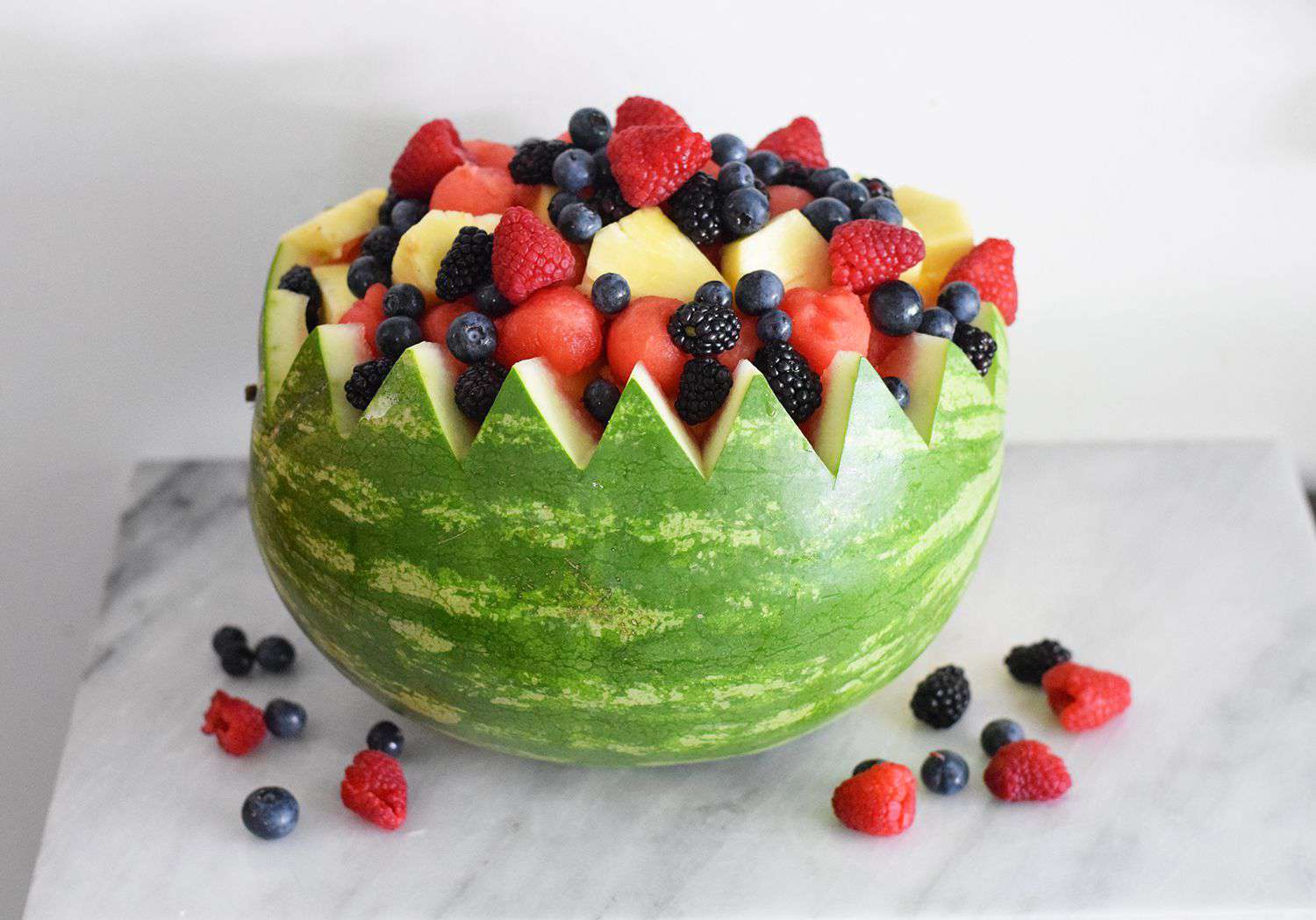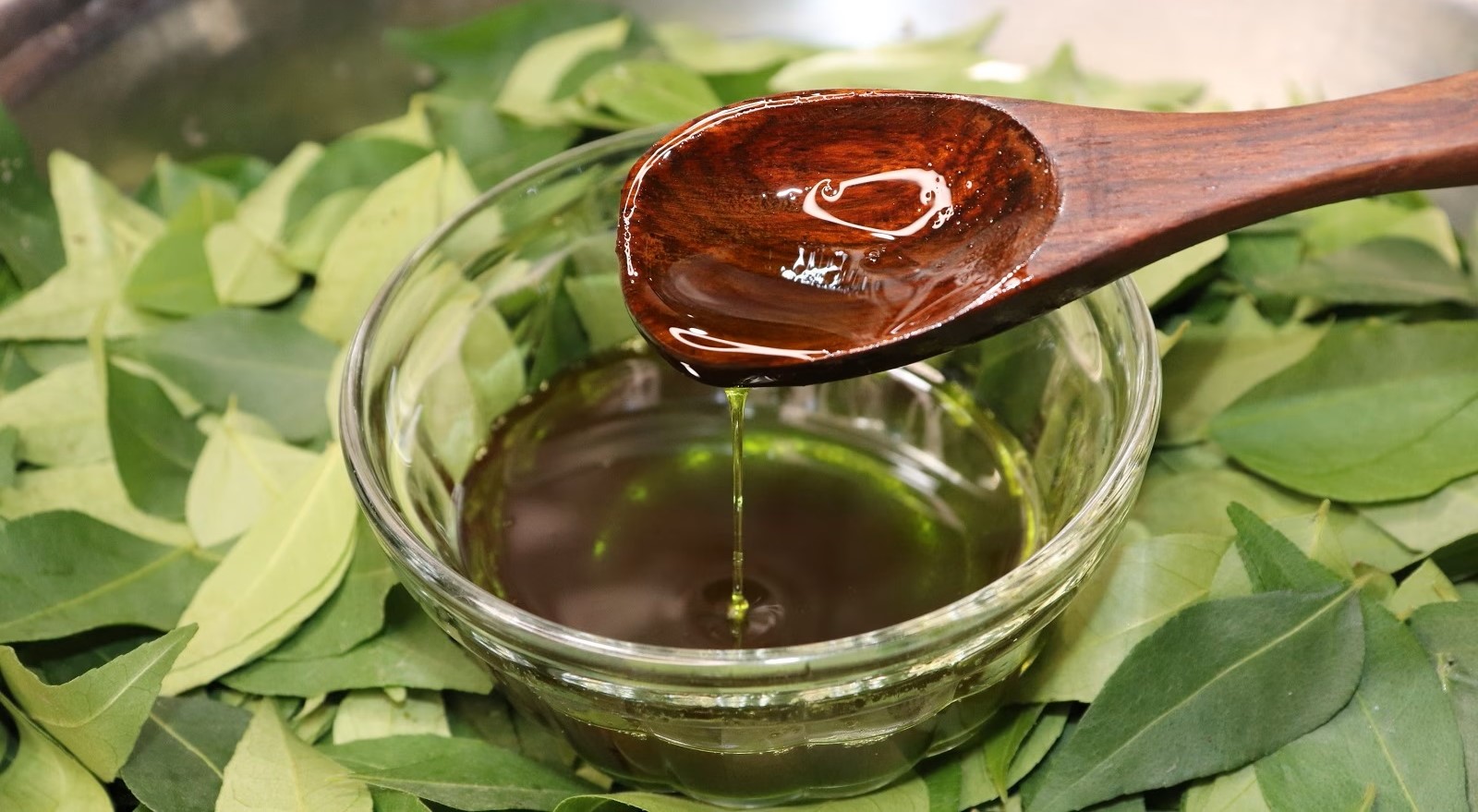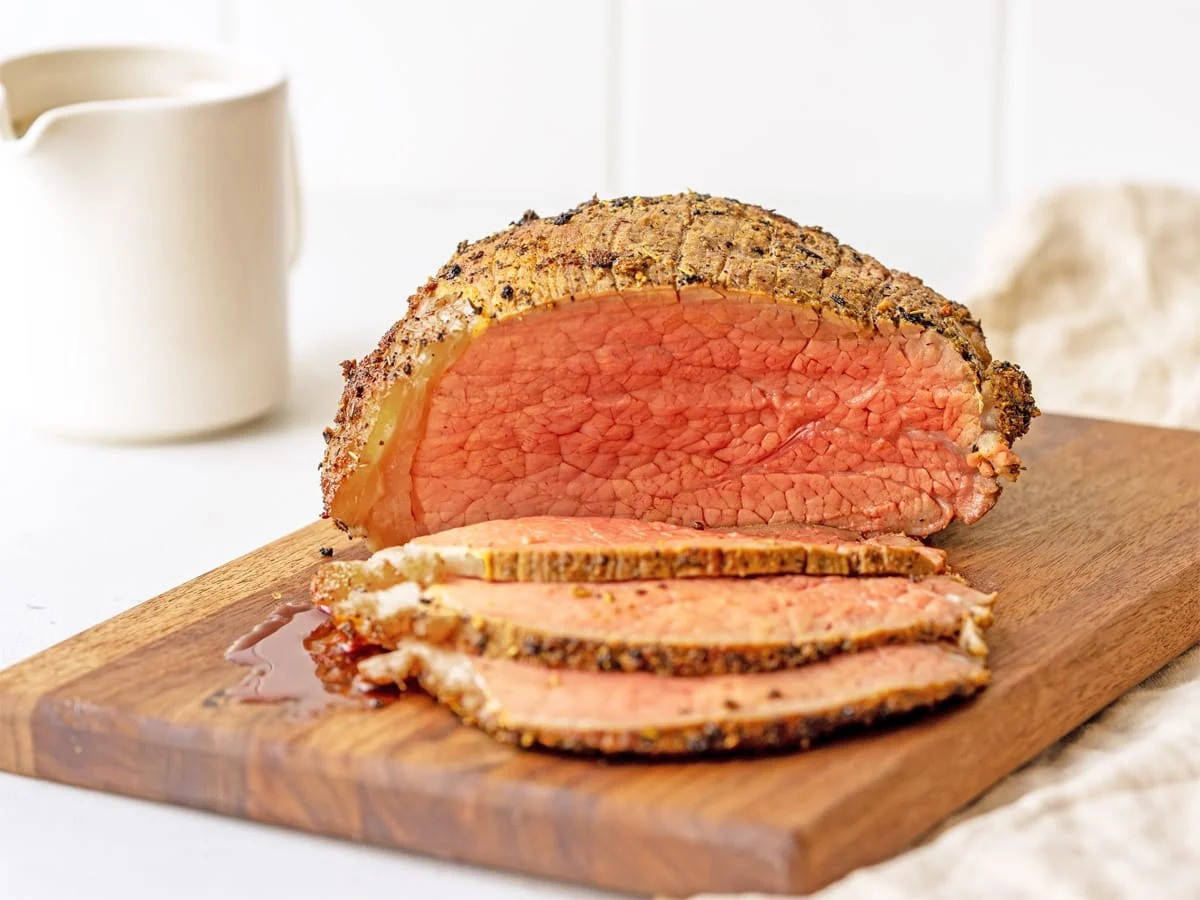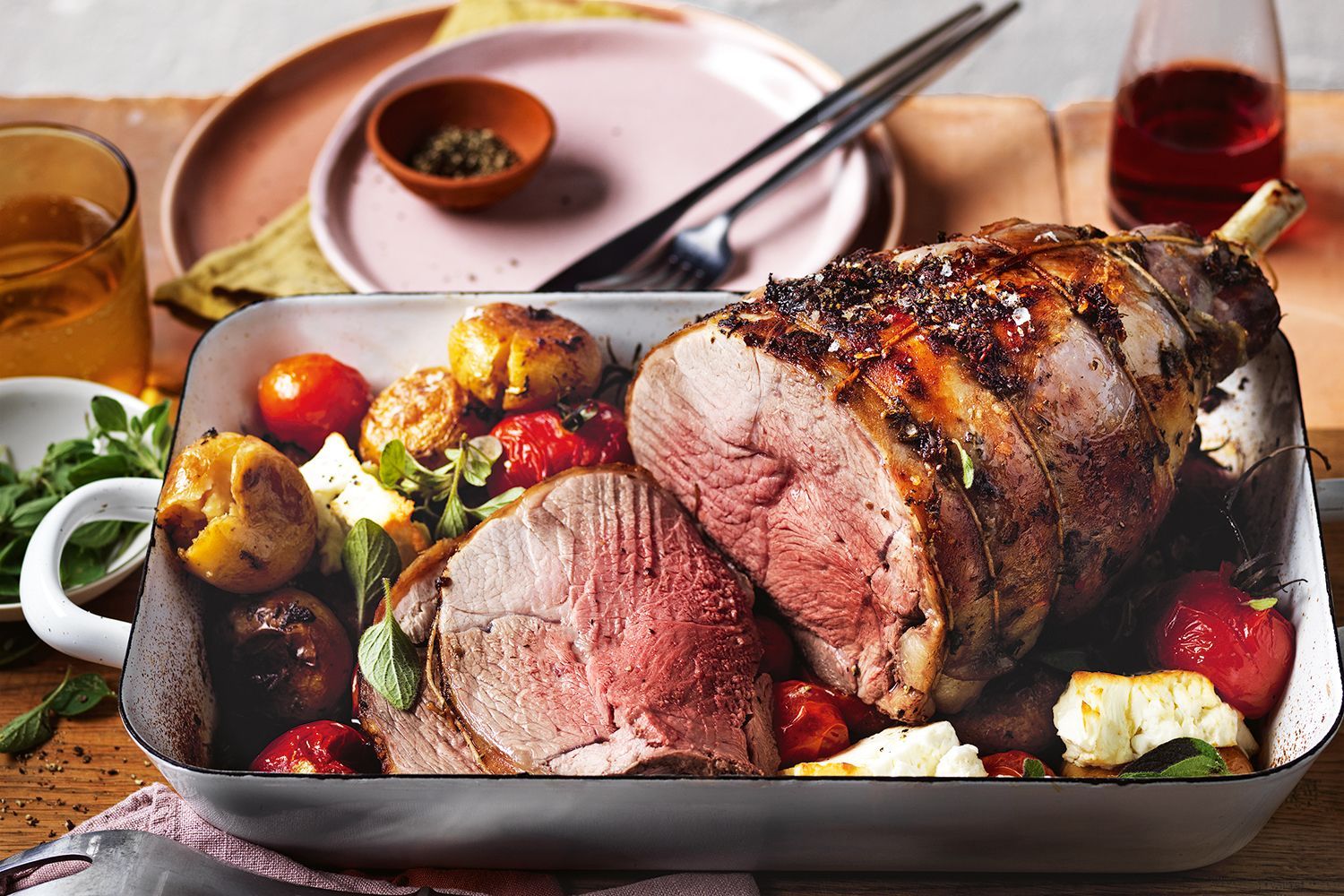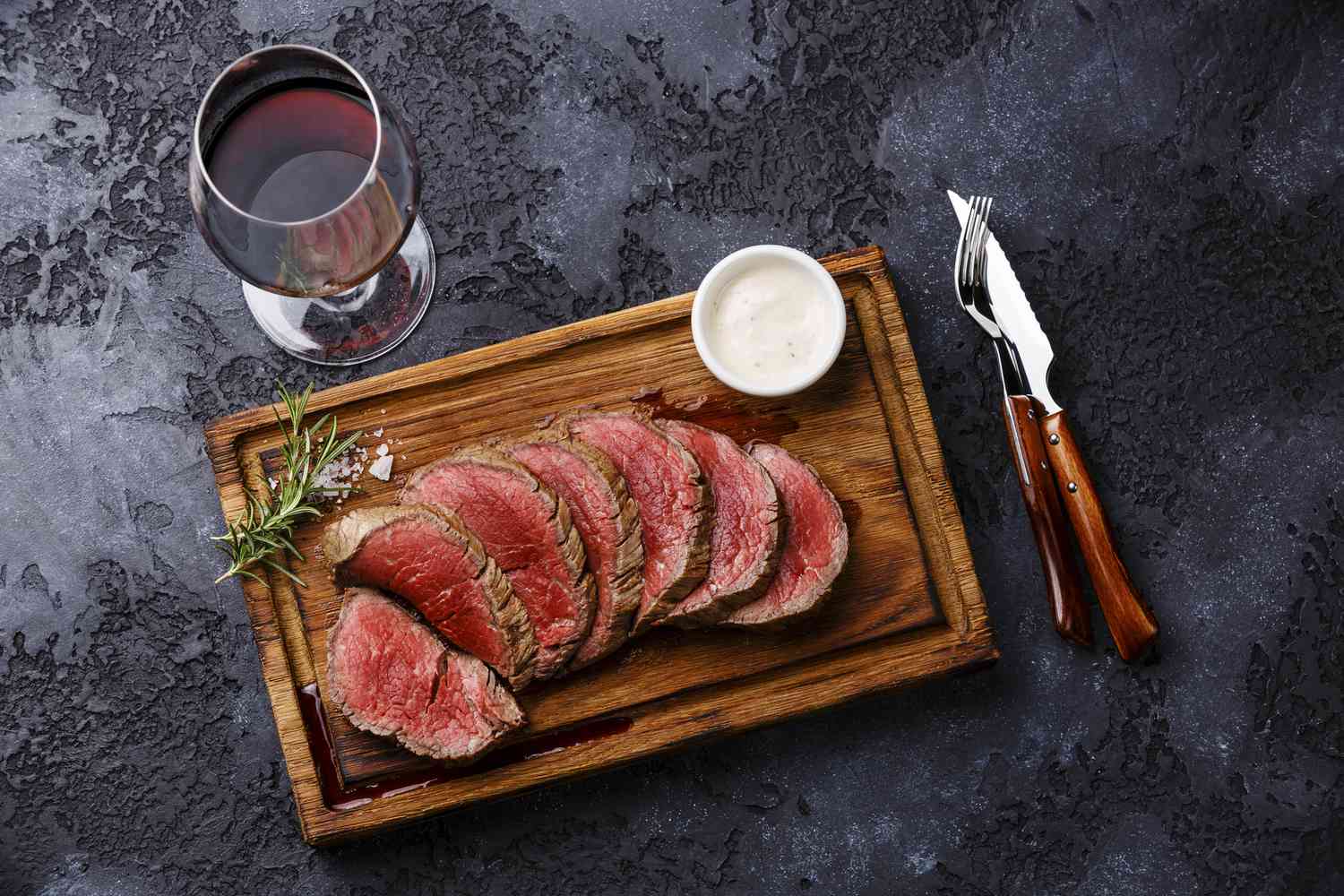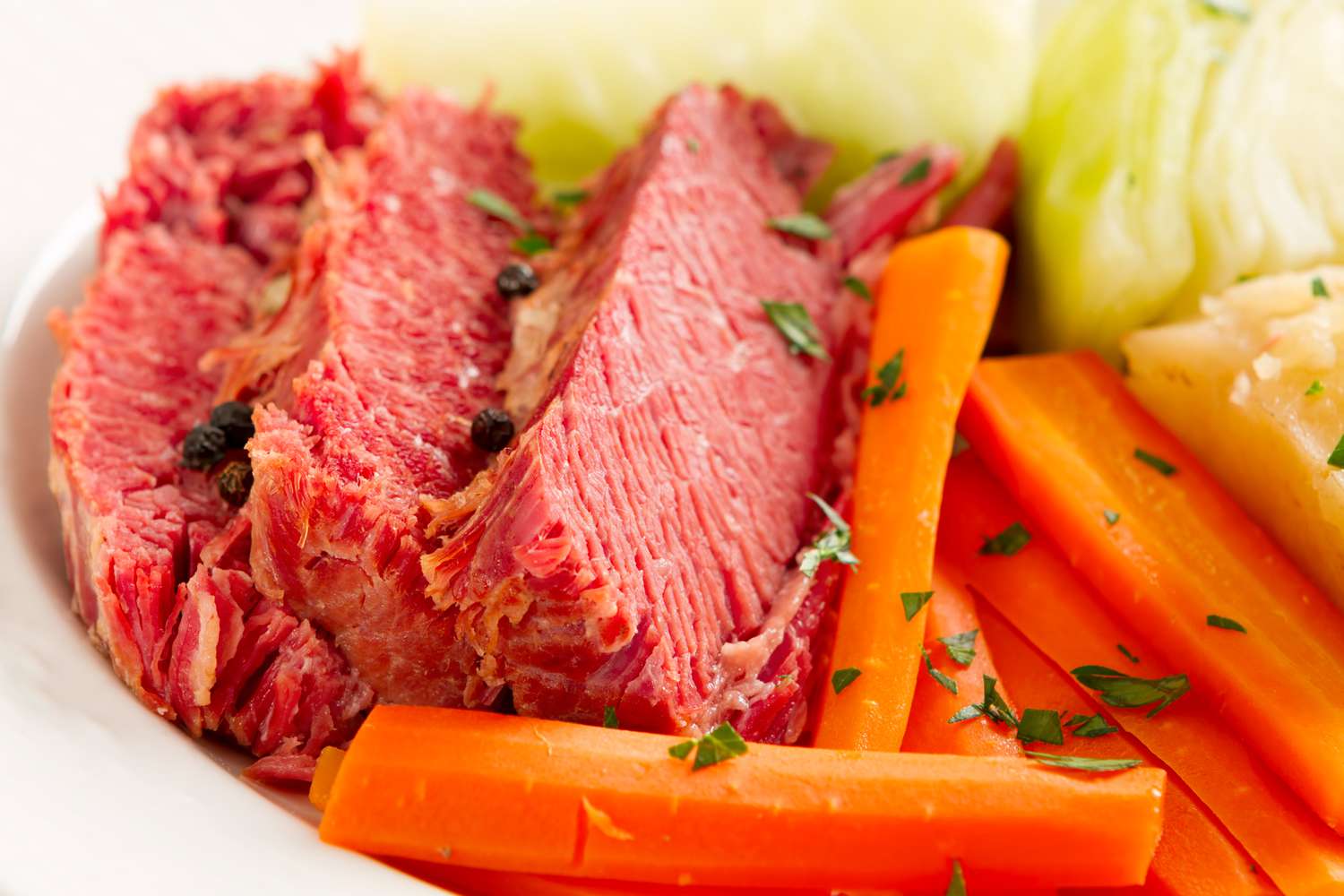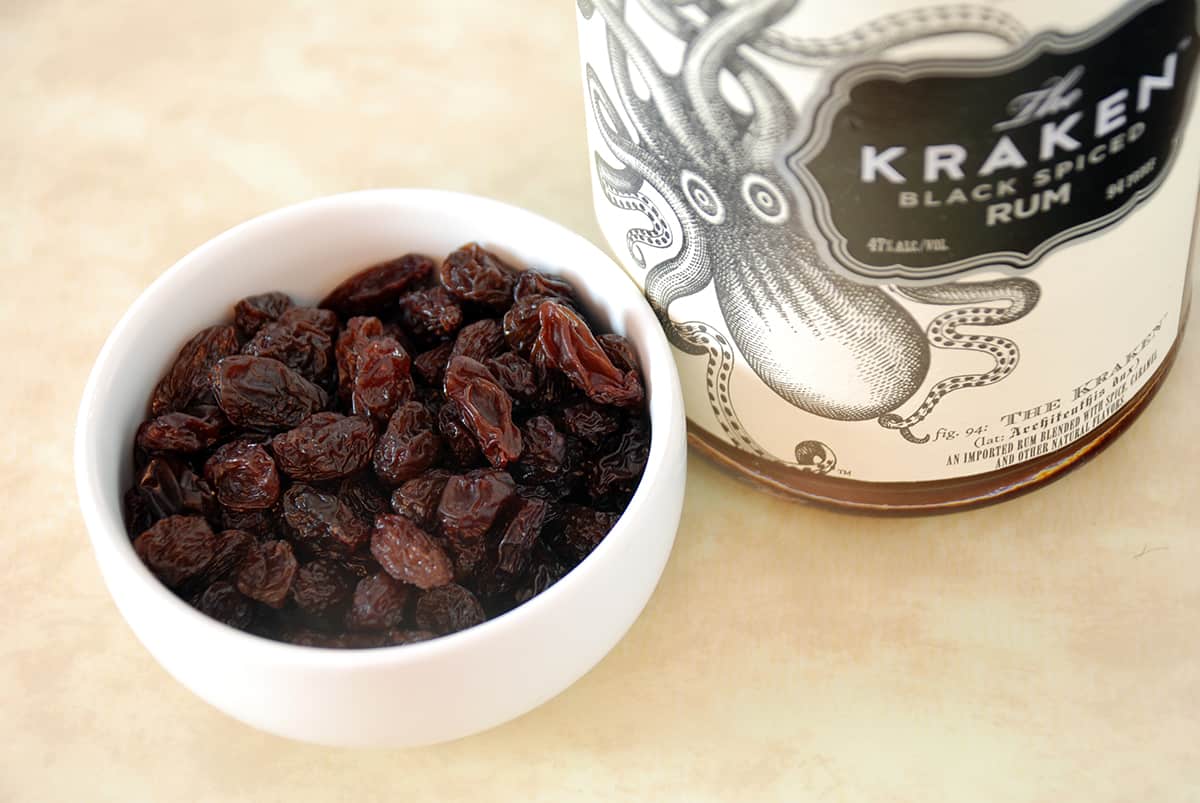Master the Art of Making Vinaigrette
Are you tired of bland, store-bought salad dressings? Look no further! In this article, we will guide you on how to make a delicious vinaigrette from scratch – and we’ll show you how to dress your salad right for a turbocharged taste experience.
The Basic Components
A vinaigrette is a simple yet versatile dressing that consists of just a few key components. Keep these in mind as you embark on your culinary journey:
- Oil: Choose high-quality olive oil or another favorite oil, such as avocado or walnut oil, to serve as the base for your vinaigrette.
- Vinegar: Select a vinegar that pairs well with your ingredients. Balsamic, red wine, apple cider, and sherry vinegars are popular choices.
- Acid: Aside from vinegar, you can also use lemon juice or lime juice to add a tangy kick to your vinaigrette.
- Emulsifier: An emulsifier helps bind the oil and vinegar together. Common options include Dijon mustard, honey, or even mayonnaise.
- Seasonings: Enhance the flavor of your vinaigrette with salt, freshly ground black pepper, dried herbs, or spices.
Unleashing the Turbo Flavors
Now that you understand the components, it’s time to take your vinaigrette to the next level! Here are some tips and tricks to turbocharge the flavors:
- Experiment with different vinegars: Each type of vinegar offers a unique flavor profile. Try infusing your vinaigrette with fruit vinegars like raspberry or pomegranate for a burst of sweetness.
- Add a touch of sweetness: Balance the acidity by incorporating a hint of sweetness. Agave nectar, maple syrup, or a touch of honey can work wonders.
- Get creative with herbs and spices: Explore the world of flavors by adding fresh or dried herbs, such as basil, oregano, thyme, or a pinch of chili flakes to give your vinaigrette a little kick.
- Play with textures: For a thicker, creamier vinaigrette, consider adding some Greek yogurt or crème fraîche. This will give your dressing an indulgent twist.
Perfect Dressing for Your Salad
A well-dressed salad can take your meal from ordinary to extraordinary. Use the following tips to dress your salad with turbocharged vinaigrette:
- Start with a light coat: Remember, less is more. Begin by lightly coating your greens with the vinaigrette, then toss and taste. You can always add more dressing if needed.
- Dress just before serving: To avoid a soggy salad, dress it right before serving. This will keep your salad fresh and crisp.
- Massage the dressing: For heartier greens like kale or cabbage, massage the vinaigrette into the leaves. This helps tenderize the greens and allows the flavors to infuse.
- Get creative with toppings: Finish off your salad with a sprinkle of nuts, seeds, cheese, or fresh fruits for added texture and flavor.
With these tips and tricks under your belt, you are now equipped to create vinaigrettes that are bursting with flavor. So forget about those store-bought dressings and embrace your inner salad aficionado. Get ready to elevate your salads with turbocharged vinaigrette!
Was this page helpful?
Read Next: How To Seed Peppers
robeyu
Ici vous pouvez trouver toutes les robes désirées pour les occasions spéciales. Découvrez des robes de soirée chez notre boutique GoodRobe.fr.
